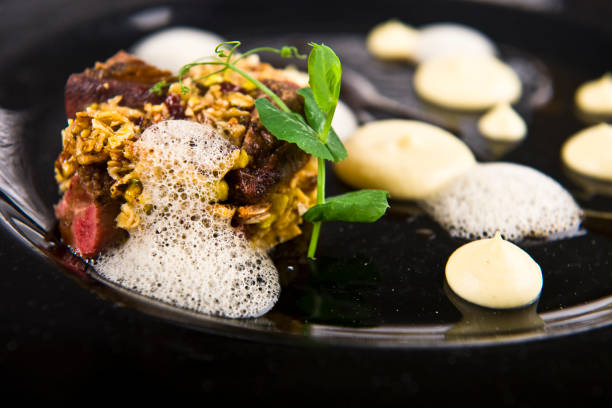In the world of fine dining, there is no accolade more coveted than a Michelin star. Awarded by the prestigious Michelin Guide, these stars symbolize culinary excellence and have the power to elevate a restaurant’s status to unparalleled heights. Let’s delve into the world of Michelin stars, decode their significance, and explore the criteria that determine these coveted culinary distinctions.
1. The Birth of Michelin Stars
The Michelin Guide, originally created by the Michelin tire company in 1900, was designed to encourage automobile travel in France. It contained practical information for motorists, including maps, tire repair instructions, and a list of hotels and restaurants for travelers. Over the years, the guide’s restaurant section gained prominence, and in 1926, the first Michelin star ratings were introduced.
2. The Star System
Michelin stars are awarded on a scale of one to three, with three stars being the highest honor. Here’s a breakdown of what each star represents:
- One Star: A restaurant with one star is considered very good in its category. It is typically a destination worth a stop for its high-quality cooking.
- Two Stars: A two-star rating signifies excellent cuisine and is a restaurant worth a detour. It offers skillfully and carefully crafted dishes of outstanding quality.
- Three Stars: The coveted three-star rating designates exceptional cuisine and is a restaurant worth a special journey. It represents the pinnacle of culinary achievement and is a destination for food enthusiasts from around the world.
3. The Criteria for Michelin Stars
Michelin inspectors, often referred to as “mystery diners,” visit restaurants anonymously to assess various aspects. While the specific criteria are not publicly disclosed, several key factors influence the awarding of stars:
- Quality of Ingredients: The quality and freshness of the ingredients used in the dishes are of utmost importance. The best restaurants often source the finest produce and products.
- Technique and Skill: The skill and expertise of the kitchen staff, including the chef, play a significant role. The precision in cooking techniques, attention to detail, and consistency are essential.
- Flavor and Taste: The flavors and taste of the dishes are critical. They should be well-balanced, distinctive, and offer a memorable dining experience.
- Value for Money: Michelin stars do not consider price; however, they do assess whether the dining experience justifies the cost. Even a humble establishment can receive a star if the quality of food is exceptional.
- Consistency: Consistency is vital. A restaurant should deliver exceptional food and service consistently over time, not just during the inspector’s visit.
- Creativity and Personality: Michelin values innovation and creativity. A restaurant that offers unique and inventive dishes while staying true to its identity stands a good chance of receiving stars.
- A Reflection of the Chef: The chef’s personality and culinary philosophy should shine through in the menu. The restaurant should be a reflection of the chef’s passion and vision.
- Dining Experience: The overall dining experience, including service, ambiance, and presentation, is considered. Michelin stars are not solely about the food but encompass the entire experience.
4. The Anonymity of Michelin Inspectors
One of the most intriguing aspects of the Michelin Guide is the anonymity of its inspectors. These individuals dine at restaurants incognito, ensuring that they receive the same treatment as any other guest. This practice prevents special treatment and provides an authentic evaluation of the restaurant.
5. The Global Reach of Michelin Stars
While Michelin stars initially gained prominence in France, they now have a global presence. The Michelin Guide covers numerous countries worldwide, recognizing exceptional dining establishments across various culinary traditions. The guide continues to expand, making Michelin stars an international symbol of culinary excellence.
6. The Impact of Michelin Stars
Receiving a Michelin star has a profound impact on a restaurant. It elevates its status, attracting food enthusiasts and culinary travelers from around the world. It can lead to increased reservations, media attention, and, in some cases, a surge in business. However, it also comes with immense pressure to maintain the high standards that earned the stars in the first place.
7. The Pursuit of Perfection
For chefs and restaurateurs, Michelin stars represent the pursuit of perfection in the culinary world. It is a testament to their dedication, passion, and unwavering commitment to providing exceptional dining experiences. While the journey to attain and maintain Michelin stars is challenging, the reward is the satisfaction of knowing that their culinary artistry has been acknowledged on the grandest stage.

